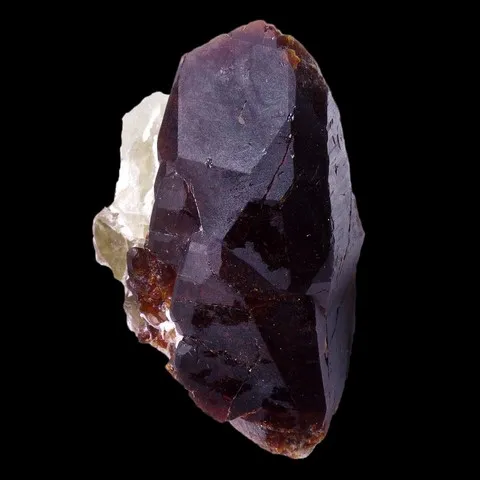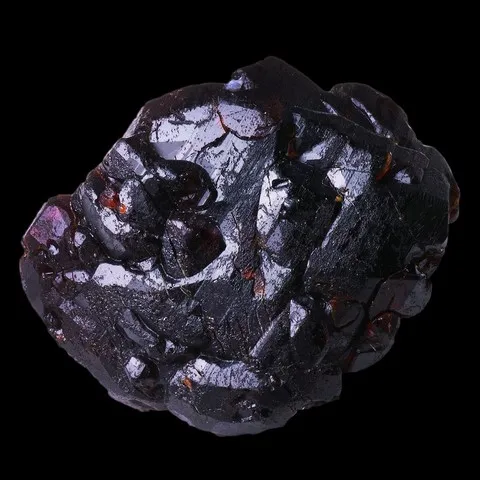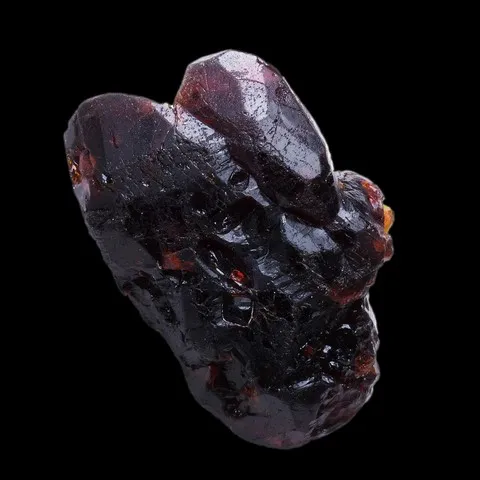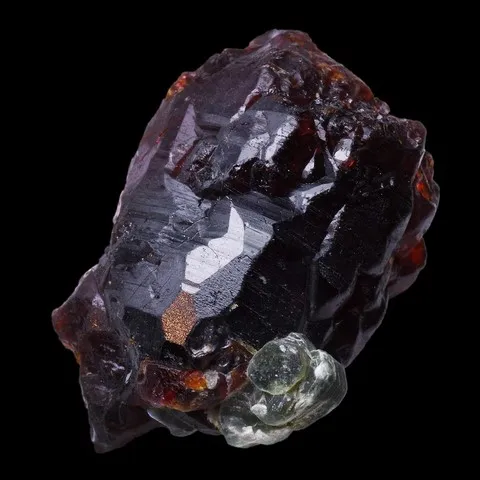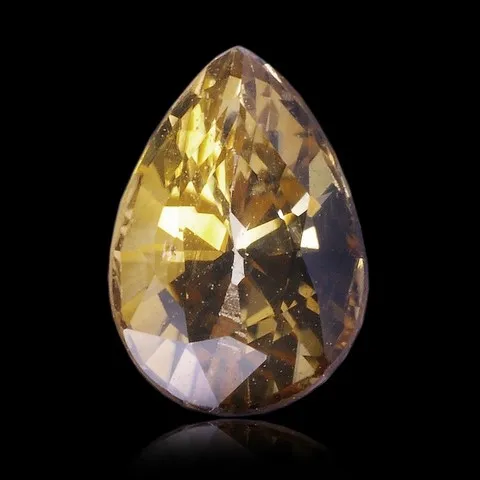CHONDRODITE
Class : Silicates
Subclass : Nesosilicates
Crystal system : Monoclinic
Chemistry : Mg5(SiO4)2 (F,OH)2
Rarity : Uncommon
Chondrodite is a mineral from the humite group. It is typical of limestones and dolomites affected by a contact metamorphism caused by plutonic and alkaline rocks which transformed them into cipolins or marbles. The genesis of chondrodite also requires significant metasomatism (fluoride intake) ; the iron content does not exceed 10%. Chondrodite is also observed in carbonatites and in metamorphosed limestone blocks rejected by Italian volcanoes (beautiful 1 cm crystals perfectly formed at Vesuvius and Mount Somma, near Naples). It takes its name from the Greek khondros (grain) because of its frequent habit of rounded grains with a cracked appearance. More rarely, chondrodite forms isometric or tabular individual crystals, rich in faces, with shapes reminiscent of olivine. Twinning and aggregates are frequent, from yellow tinged with red to brown-red, even brown. It is a mineral occasionally cut into gemstones, the species remains little known to collectors.
Chondrodite in the World
Chondrodite in France
In France, chondrodite is reported in several skarns and cipolins from the Pyrenees (Costabonne) and Vosges (Lime quarry).
Twinning
Common on {001}.
Fakes and treatments
No fake recorded for this mineral species.
Hardness : 6 to 6.5
Density : 3.16 to 3.26
Fracture : Conchoidal
Trace : White to grey, yellow
TP : Translucent to transparent
IR : 1.592 to 1.675
Biréfringence : 0.030
Optical character : Biaxial +
Pleochroism : Low
Fluorescence : Yellow to orange
Solubility : Sulfuric and hydrochloric acid
Magnetism : Paramagnetic
Radioactivity : None

